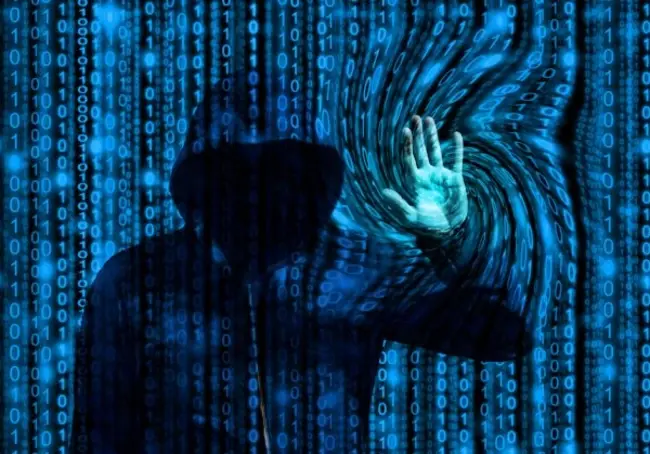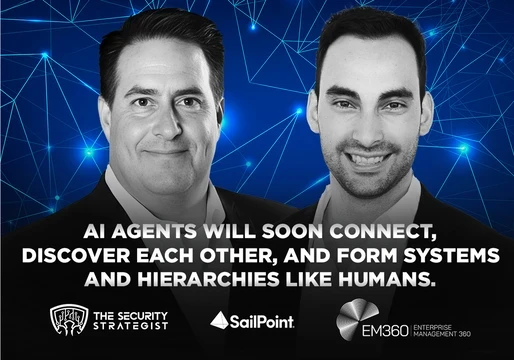This opinion piece is by David Atkinson, CEO of Senseon.
CISOs have been spending a fortune on user education to drive down the click through rate of users clicking on malicious emails. In total, cyber-attacks are set to cost global businesses a total of £1.5 trillion in 2018. To put this into context, that's roughly half of the UK's total GDP. Those impacted include over 75% of the international healthcare industry. But what kinds of threats are the cause of such immense breaches? And how can we stop them in 2019?
The success of such successful cyber-attacks partially depends on click-through rates. In most large organisations, getting a click-through rate of below 20% is seen as a "good target". User education campaigns are becoming more effective at increasing user reporting of suspicious emails. However, attackers launching a genuine attack will, more often than not, perform reconnaissance and only send the malicious emails to users who they know are running vulnerable software and will likely click on links and open documents. For organisations that are still considerable in size, this is extremely difficult to monitor.
This is why the threat of phishing poses major risks to international corporations. As the technology at the hand of Black Hat hackers becomes more sophisticated, the more the method of homoglyphs, extended URLs, legitimate certifications, green locks, and credential harvesting evolves. Soon, this evolution will surpass the security technology currently employed by CISOs.
So how can CISOs use this knowledge to address these concerns in the new year, especially when current investments aren't effective in combating multiple large-scale threats? The average Fortune 500 company utilises dozens of separate cyber security tools, each requiring the attention of security teams to monitor for alerts of potentially malicious activity. Further research has found the average enterprise receives 17,000 malware alerts a week, yet only 19% of these are deemed reliable and a shockingly low 4% are investigated.
This current ineffectiveness is likely to increase as more hackers use artificial intelligence (AI) to conduct their phishing and email-based attacks. Hackers using AI is an increasing threat purely because as our technology continues to grow, so does theirs. This is why AI also serves as the ideal method of neutralising these threats. For information security purposes, AI enables already intelligent and interconnected systems to autonomously converse, improving the accuracy of threat detection across the network, endpoint devices, cloud environments and Investigator Bots. Senseon's platform uses these multiple ‘senses' to observe behaviour across an entire organisation, meaning security alerts can be raised the exact moment unnatural behaviour – and potential breaches – occur. This is why, to prevent the astonishing costs that were spent on cybersecurity in 2018 from increasing in 2019, CISOs should focus less on traditional approaches, and more towards sensory artificial intelligence. This technology can drastically save time for security professionals and businesses by making the detection of cyber threats far more accurate.
The more AI can be used to reduce the number of false positives and provide context around all breaches, the more CISOs can focus on the most important threats and cut down the size of any attacks. The AI-based attacks we witnessed in 2018 are only likely to increase in number. However, so is the AI software that can immediately identify and respond to these threats, making sure CISOs always have the tools to stay ahead of the game.
-ENDS-
About Senseon:
Senseon is the next phase of AI for cyber defence, moving beyond rules-based systems that are too rigid to keep pace with emerging cyber-attacks or ineffective AI systems which cannot differentiate between unusual behaviour and malicious threats. Unique to Senseon, ‘AI Triangulation' understands and correlates threats across an organisation's entire digital estate, providing much needed context and clarity in an increasingly noisy landscape. Founded in 2017, Senseon brings together cyber security experts, former government cyber operatives and applied machine learning specialists. Headquartered in London, UK and Chicago, USA, Senseon also has a presence in the Middle East and Australia. Find out more at www.senseon.io.
Like this piece? Check out our latest top 10!








Comments ( 0 )